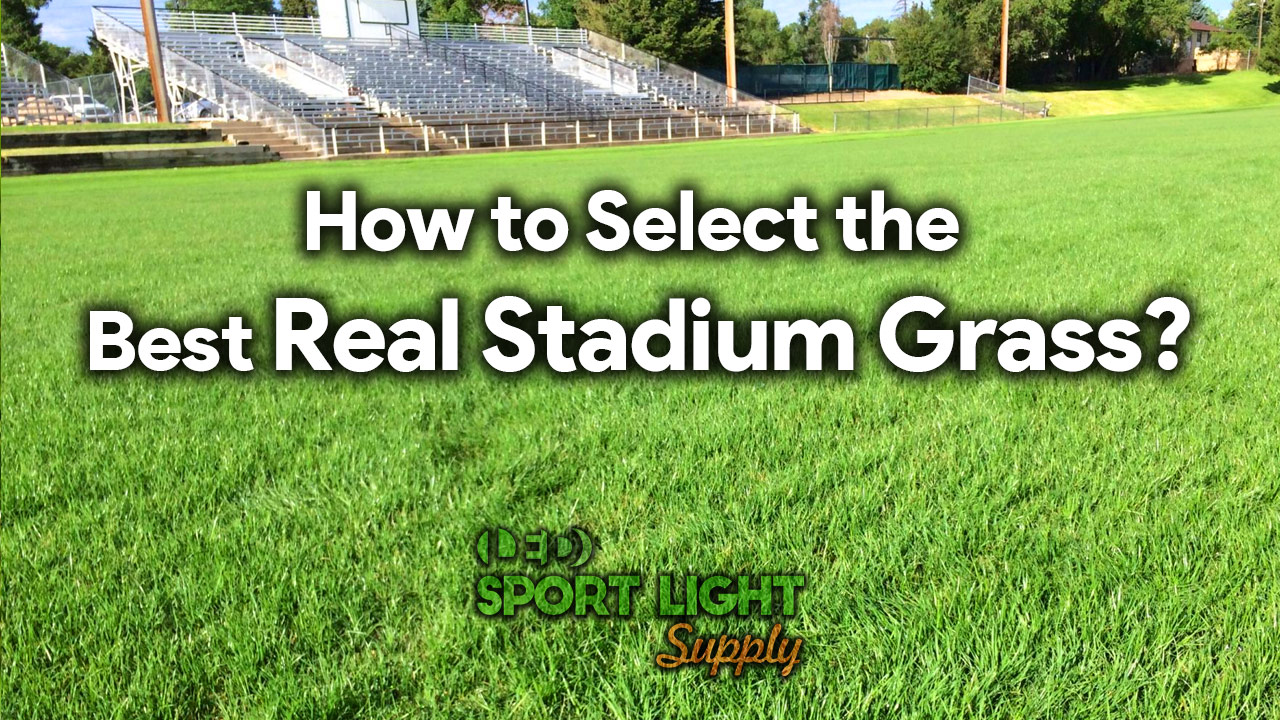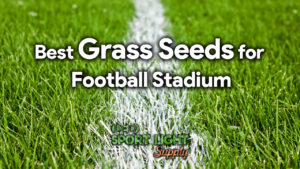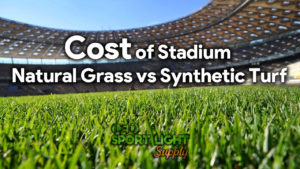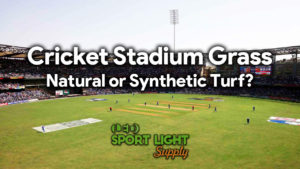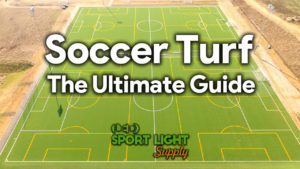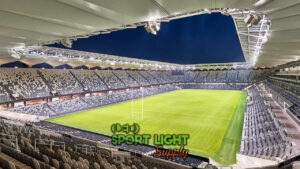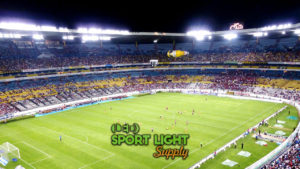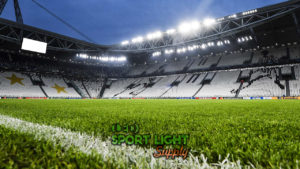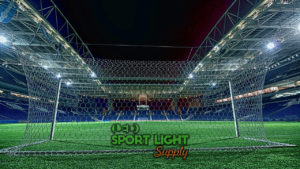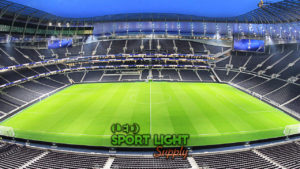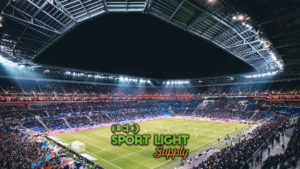The growing debate over real grass Vs artificial turf has been an issue for decades until the last 10 years witnessed a shift in opinion about real grass. Despite the cost differences, find out why natural grass is making a major comeback in outdoor field-based sports.
Why real grass turf is returning?
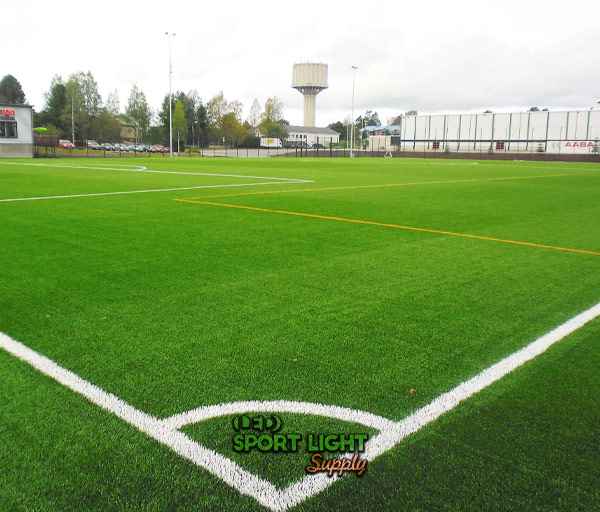 As early as 1969, Astroturf was rolled out for one of the first outdoor stadiums at the University of Pennsylvania. The first famous stadium was of course at the Houston Astrodome, but this was an indoor stadium that wasn’t so great for natural grass. However, Astroturf became a popular choice for some fields over others. For example, in the 1970s it became increasingly popular for field hockey.
As early as 1969, Astroturf was rolled out for one of the first outdoor stadiums at the University of Pennsylvania. The first famous stadium was of course at the Houston Astrodome, but this was an indoor stadium that wasn’t so great for natural grass. However, Astroturf became a popular choice for some fields over others. For example, in the 1970s it became increasingly popular for field hockey.
Yet, for other sports, it drew criticism in sports such as football, baseball, and soccer, since the balls would often be unpredictable once they hit and bounced off the turf. Player injuries became more common for creating rug-burn and assorted bone injuries due to the hard surfaces underneath. Not until the 2000s, did these fields see added rubber and sand filler to provide a better cushion that simulated the same qualities of natural grass fields.
Additionally, by 2001, FIFA has finally unveiled their Quality Concept of what Astroturf should include for player safety and performance. But the tide was changing and a new enthusiasm for real grass was reemerging through simple cross-breeding of reliable grass varieties. And despite the higher maintenance costs of real grass turf, a new generation of sports athletes could enjoy real grass fields once again.
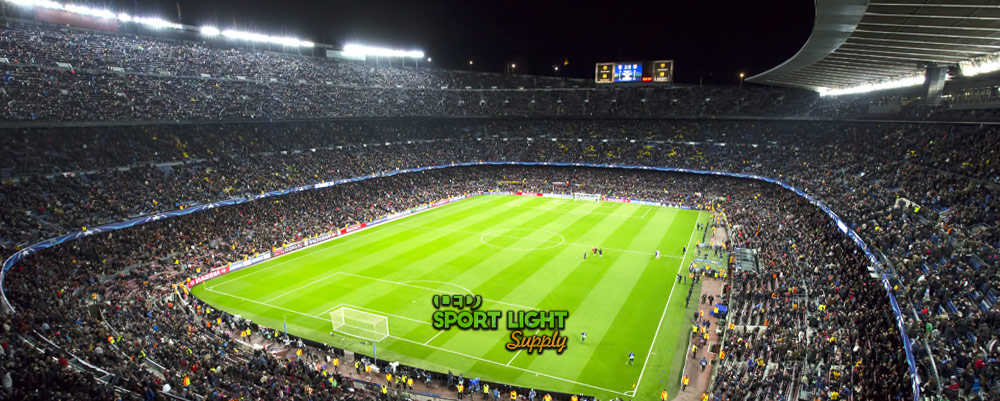
What is the big secret?
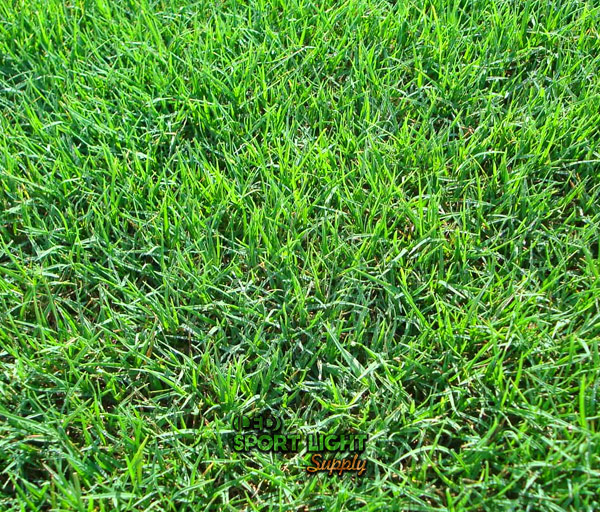 The real secret comes from one of the oldest outdoor grass used for sport field events known as Tifway 419 Bermudagrass. This was the most popular choice since the early 1960s and is still the industry standard. But not every field is going to have the same kind of weather patterns. Depending on the temperature, climate, rainfall, and amount of field usage, Bermudagrass is highly resistant to a certain amount of wear and tear.
The real secret comes from one of the oldest outdoor grass used for sport field events known as Tifway 419 Bermudagrass. This was the most popular choice since the early 1960s and is still the industry standard. But not every field is going to have the same kind of weather patterns. Depending on the temperature, climate, rainfall, and amount of field usage, Bermudagrass is highly resistant to a certain amount of wear and tear.
In actuality, natural grass lawns can only withstand up to a few hundred hours throughout the year. This leaves the option for only so many games to be played per week before grass needs to recover and heal. If not, the grass is trampled into the dirt and starts forming dead patches. This is where selective cross-breeding of Bermudagrass has enhanced this setback to reveal new and more resilient strains of outdoor field grass.
Why regional weather determines the type of grass?
Regional weather is a sensitive issue that can make or break a field when it comes to natural grass. This is especially for sports such as Football, which start their playing season in the fall. These strains of grass can greater withstand colder weather and are developed to be fuller and spongier to counter cold soil issues. While warmer weather conditions below the 36th Latitude need to adapt to unpredictable and extreme temperature changes.
1. Celebration Bermudagrass
This is a strain that was developed in Australia that is highly resistant to player activity. It is also better suited for field sports that require heavier usage throughout the entire surface. One immediate feature of Celebration grass is the unique blue-green color with dense and thick grass blades. It can recover faster than Tifway 419 Bermudagrass and is better for locations where water is scarce.
2. Latitude 36 Bermudagrass
This specialized strain was actually developed at Oklahoma State University by a botanist who combined Bermudagrass strains that resist colder weather. This is one of the newest varieties that are better suited for cold weather, Latitude 36 is also showing great success in mild winter climates. This strain has exceptional wear and tear and allows for plenty of cushion from hardened winter soil.
3. Northbridge Bermudagrass
Another strain that was developed at Oklahoma State University by the same botanist/scientist, this version also has a unique ability to weather conditions that are hard to predict. Because of this strain’s resilience to extreme changes, it will remain healthy in weather that rapidly adapts to these sudden changes. It’s a prime example of natural turf that is quite popular in regions that experience continual seasonal weather variations.
Best grass for football field
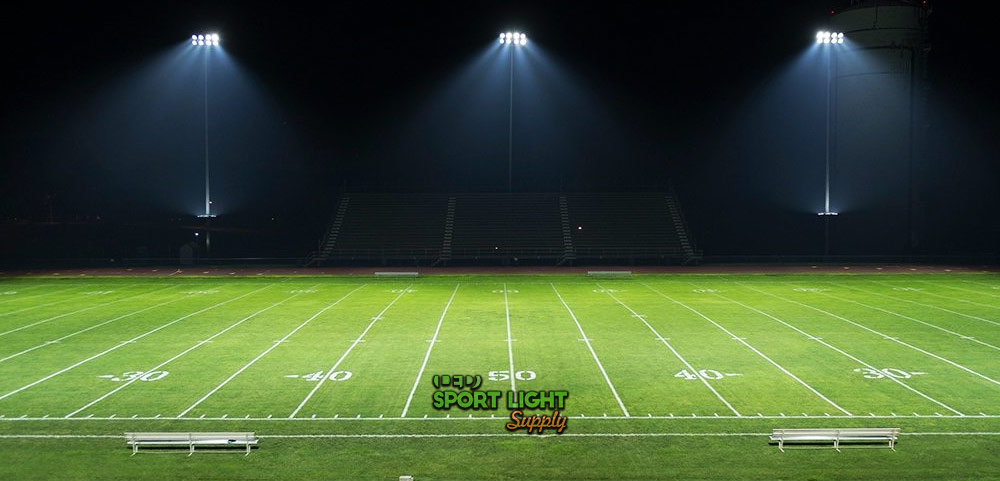
Football fields are unique since they have a full year of usage depending on when the training and game season has begun. But that’s where there are a few different choices for the experts who will be in charge of maintaining this playing field. The beginning of the season starts with Bermudagrass. This is the best choice for football fields due to their ability to be trimmed lower to the ground.
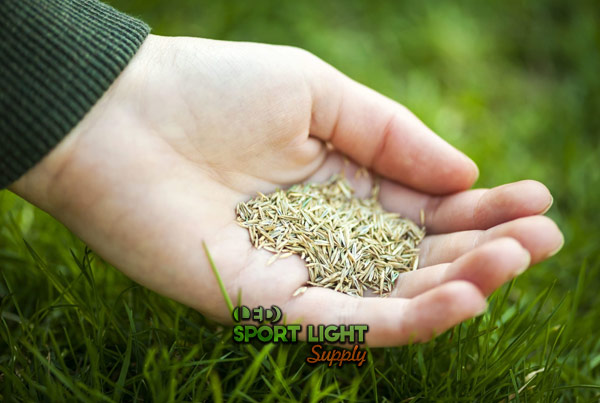 But in the fall, some field owners like to overseed this grass with Perennial Ryegrass seed. The advantage here is that the following seedlings that grow have a lesser staining effect than Annual ryegrass usually would. While other strains are better suited for climate change, there is an advantage. This combination of overseeding with ryegrass does help repair trampled grass allowing it to repair worn areas.
But in the fall, some field owners like to overseed this grass with Perennial Ryegrass seed. The advantage here is that the following seedlings that grow have a lesser staining effect than Annual ryegrass usually would. While other strains are better suited for climate change, there is an advantage. This combination of overseeding with ryegrass does help repair trampled grass allowing it to repair worn areas.
But for those who can afford newer strain variants, both Northbridge and Latitude 36 Bermudagrass are very good at cold to warm temperature changes. This means that there is less reason to overseed as the fall season approaches. These strains were also developed for football fields that have random weather shifts. Celebration Bermudagrass is better suited for warmer climates with drier conditions.
But even at that, some football field owners will opt to use Kentucky Bluegrass makes a great choice. This helps creates a thatch layer which makes for an excellent cushion effect for players. Overseeding will also include perennial ryegrass for very quick repairs during the football season. Once again, it all depends on the location of your field and what kind of weather or player activity your field experiences.
Best grass for baseball field
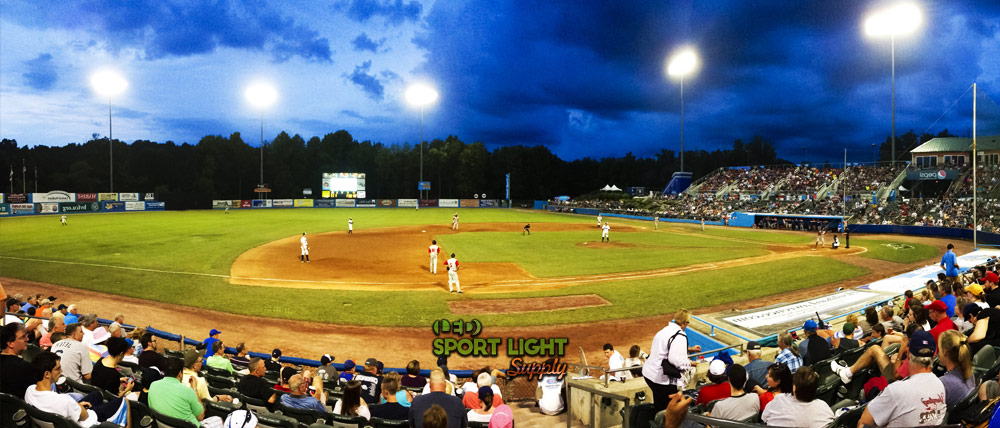
Baseball is one of the good old-fashioned American sports that found a following that’s as traditional as apple pie and the American flag. The idea of using grass that’s more common than anything is Kentucky Bluegrass. Not only does the blue-green color appear appealing to most fans, but it’s also easy to shape and has remarkable upkeep. Bluegrass is pretty amazing since it grows blades of grass that essentially grow its own styling gel as it’s mowed.
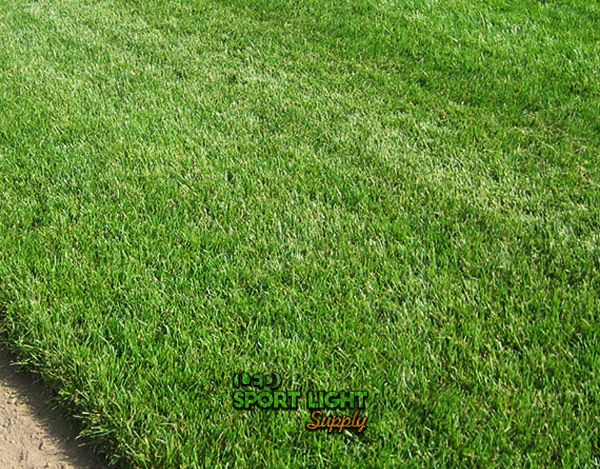 That doesn’t exclude the combination of bluegrass blends which will include ryegrass seeds. These seed mixtures are carefully managed and some fields have their own proprietary mixtures. But for the most part, most ballpark lawns will use perennial rye seeds to help keep baseball uniforms cleaner. But the resilient quality of these mixtures will prove how well they can last in a season for quick fixes and maintenance.
That doesn’t exclude the combination of bluegrass blends which will include ryegrass seeds. These seed mixtures are carefully managed and some fields have their own proprietary mixtures. But for the most part, most ballpark lawns will use perennial rye seeds to help keep baseball uniforms cleaner. But the resilient quality of these mixtures will prove how well they can last in a season for quick fixes and maintenance.
There is also Bermuda grass for baseball fields that are located in warmer climates. This grass strain can re-grow new roots and has the added benefit of allowing baseball cleats to grip the playing surface better. So, between bluegrass and ryegrass blends, baseball fields don’t need to be built like Fort Knox. Just keeping it nice and green while being well trimmed is the only big secret here.
Best grass for soccer stadium
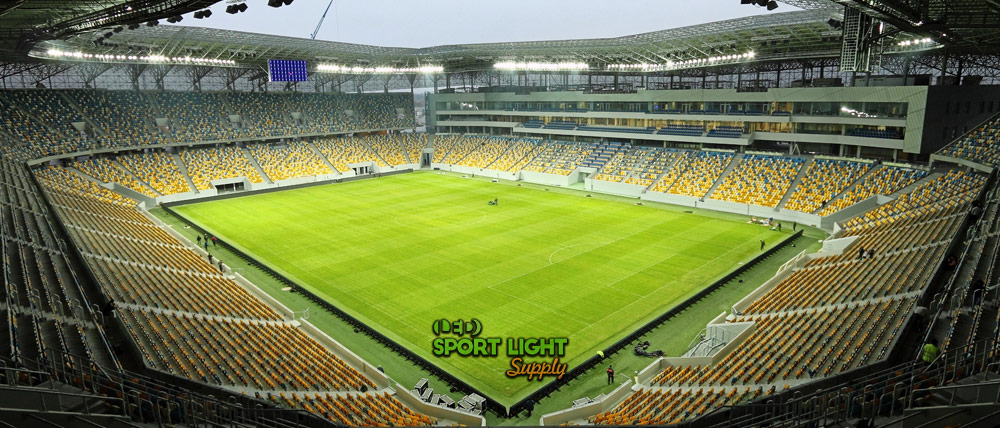
Soccer fields are designed a bit differently through a major move by FIFA. They introduced a radical Quality Concept which includes built-in drainage underneath the grass itself. This is so a playing field will have ample amounts of water for keeping a field nice and green and to give worn areas fast repairability. It’s no surprise that soccer fields will prefer Bermudagrass as the dominant grass used.
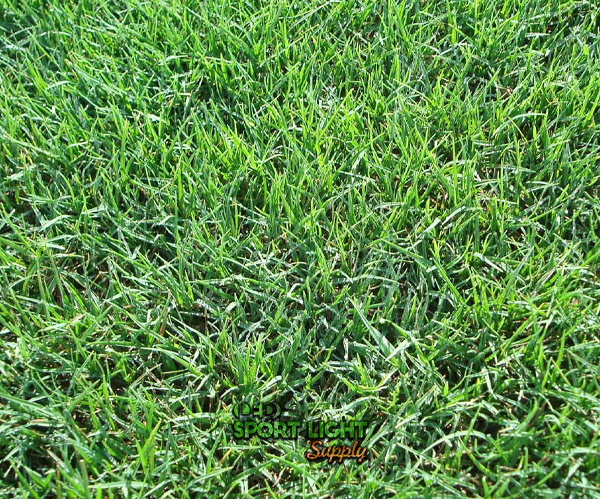 There is more than likely a blended mixture of tall fescue and Bermudagrass which creates a nice thick thatch that holds up well. When this formula is used, there is more need to overseed damaged areas with rye seed. But because of climate changes and seasonal temperature shifts, bermudagrass is not the best to use in some areas. This is why cooler season will like to use Kentucky grass mixed with perennial ryegrass instead.
There is more than likely a blended mixture of tall fescue and Bermudagrass which creates a nice thick thatch that holds up well. When this formula is used, there is more need to overseed damaged areas with rye seed. But because of climate changes and seasonal temperature shifts, bermudagrass is not the best to use in some areas. This is why cooler season will like to use Kentucky grass mixed with perennial ryegrass instead.
Best grass for rugby field
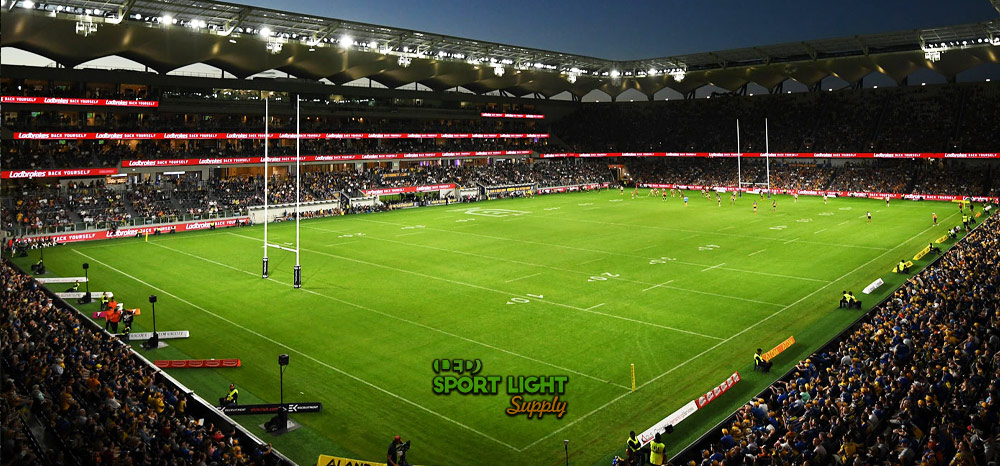
Much like American football, you need to have a grassy field that is going to hold up to a lot of foot traffic. But for seasonal changes, this will mean that both the northern and southern fields will need two different types of grass. The first type of field that is best for Rugby in northern regions is going to be Kentucky Bluegrass. This is fine for year-round coverage but there will be the need for 10-20% perennial ryegrass overseeding.
In southern regions, this field is better suited to have Bermudagrass which is fine until it needs overseeding also. This is where perennial ryegrass comes to the rescue again for year-round repairs. Both types of grass are perfectly fine for continual activity since rugby players are not as heavy and destructive as football players. But they will be very active on their feet as soccer players typically can be.
Best grass for tennis court
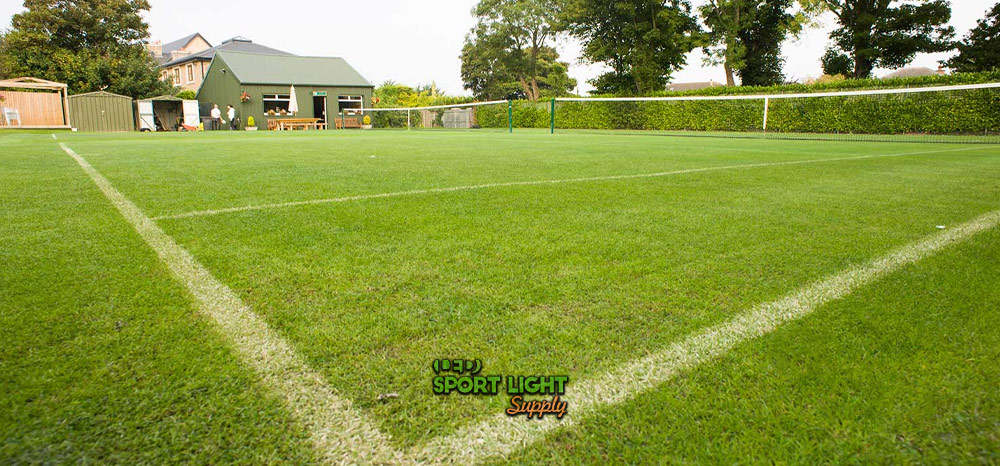
Not that tennis courts are using grass surfaces anymore unless the surface is dense and hard enough to give a good bounce for a tennis ball to bounce. When grass is actually used in northern climates like Wimbledon, they are using roughly 70% perennial ryegrass. This is then overseeded with 30% of creeping red fescue. This has created a dividing preference between landscapers and groundskeepers.
Some believe that there is just purebred grass that is grown from perennial ryegrass. Yet others will admit that 100% pure creeping red fescue is perfectly fine. These surfaces need to be kept very flat and no more than a one-quarter inch tall. Lastly, for tennis courts in southern regions, some groundskeepers will love using Bermudagrass that will work just fine if it’s kept trimmed and has irrigation built-in.
Best grass for field hockey
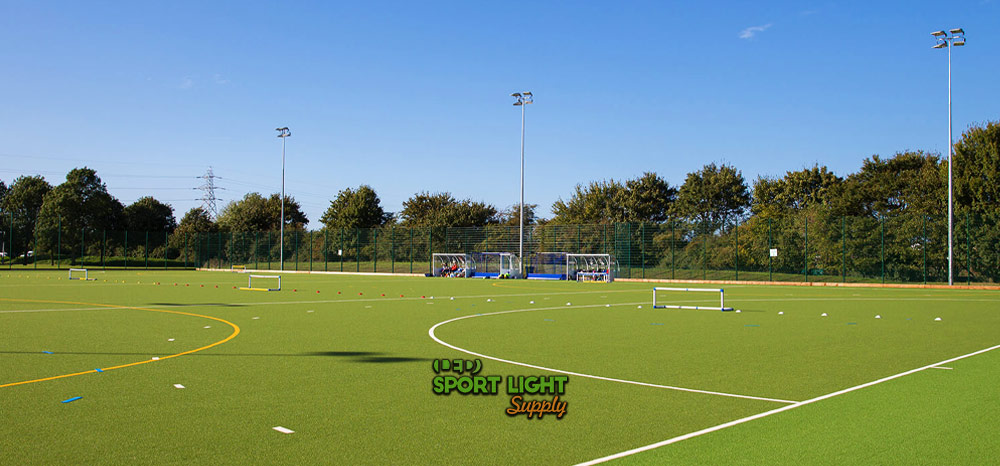
The first rule to remember for growing real grass for field hockey is installing a good drainage system just like soccer pitches will have. Where the real magic happens is from the different seasons that happen in warm and cool weather. In warm weather, you’ll prefer using Kikuyu and Couch grass seed. This allows both the stems to grow above and below the ground. This type of sod can take up to a year to cultivate.
This playing surface will yield a consistent and firm density that is also very resistant to droughts. Naturally, you can overseed in the cooler months to preserve the playing field but will need to be reversed by the next year. This can be pricy and will be afforded by larger professional venues. This may be one of the reasons why so many field hockey fields are made from artificial turf instead.
Why natural grass is better for field sports?
There is something that feels more natural playing on grass fields and lawns. Grass blades do tend to have excellent grip because of how grass blades grow. In weather that is foggy or has high humidity, grass can also be trickier to navigate since it will be naturally slippery. But grass that is properly trimmed and has a dry surface is giving athletes an advantage over Astroturf. It also has a good amount of bounce if the soil is not so moist and won’t hurt a fallen player.
Natural grass fields have a great smell that is hard to beat and has been known to give athletes further advantage. The natural level of oxygen produced by real grass allows players to improve their attention. Additionally, players on the sideline will be able to experience less stress and reduced muscle tension. This will also allow athletes to be 3x more active by not having tension or stress to distract them.
Because athletes need more oxygen while running on a field will include more exerted muscle power, the additional amounts of oxygen feed players ample fresh oxygen levels. This is a perk that artificial turf cannot provide unless there is fresh air being pumped into the field area itself. Which is the best appealing part of playing on fresh grass any competing player can ask for.

